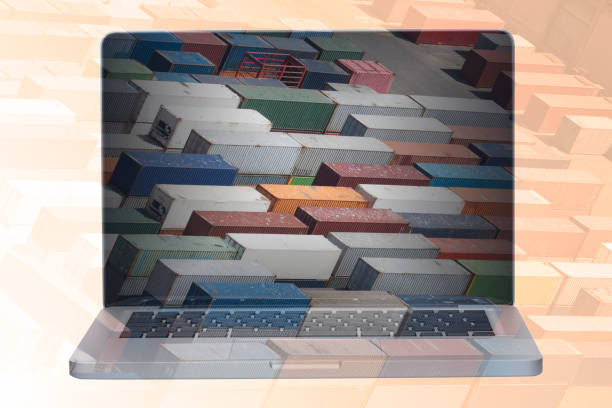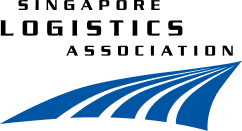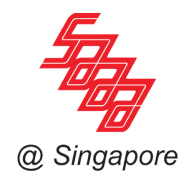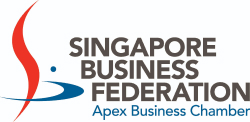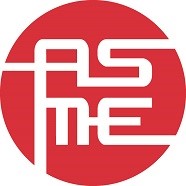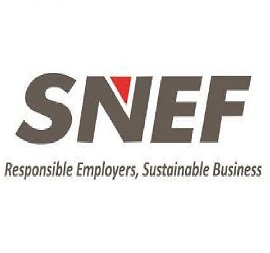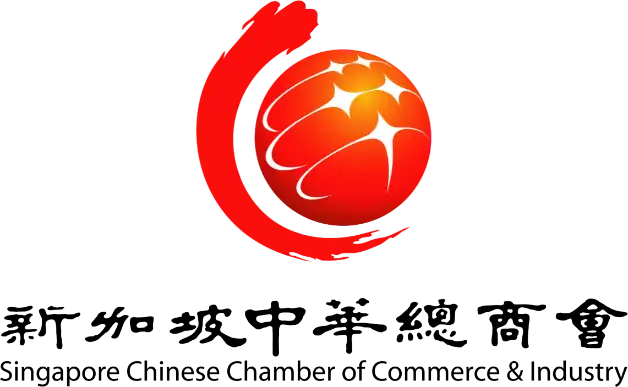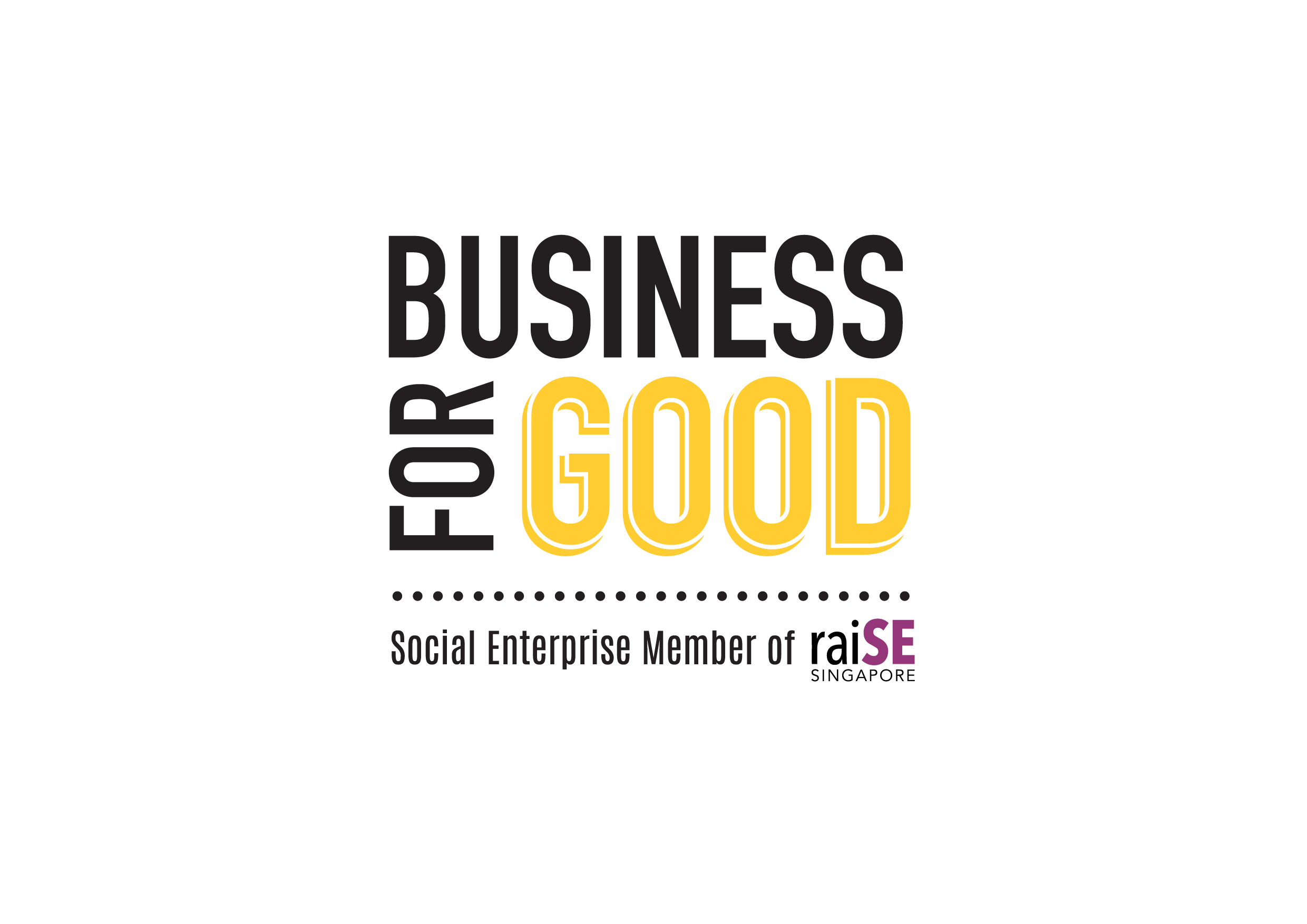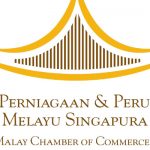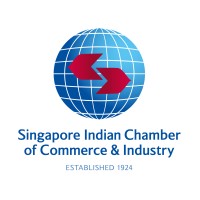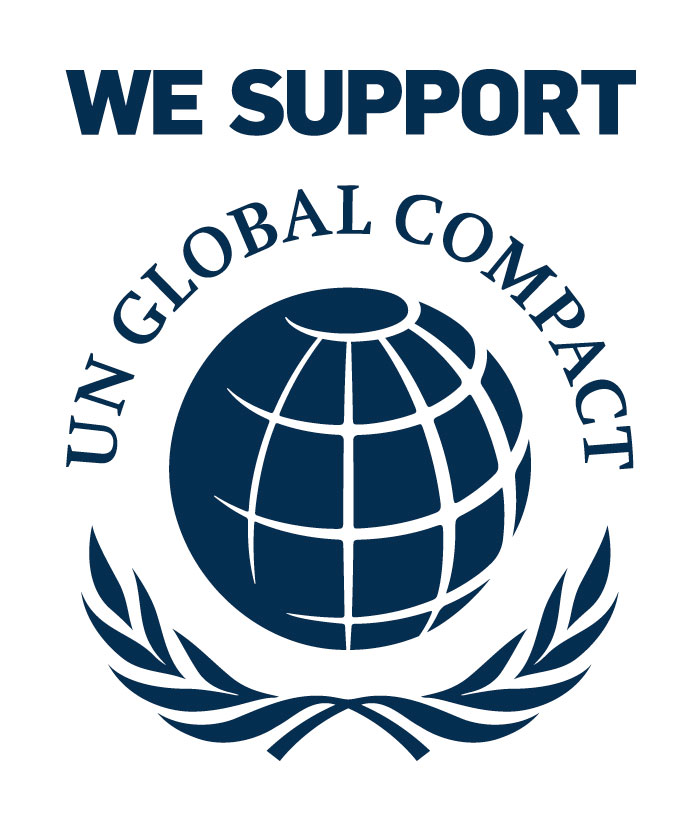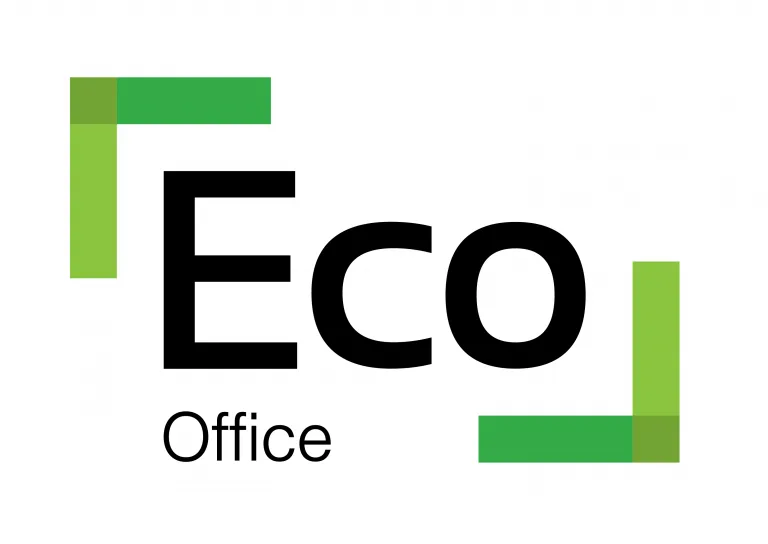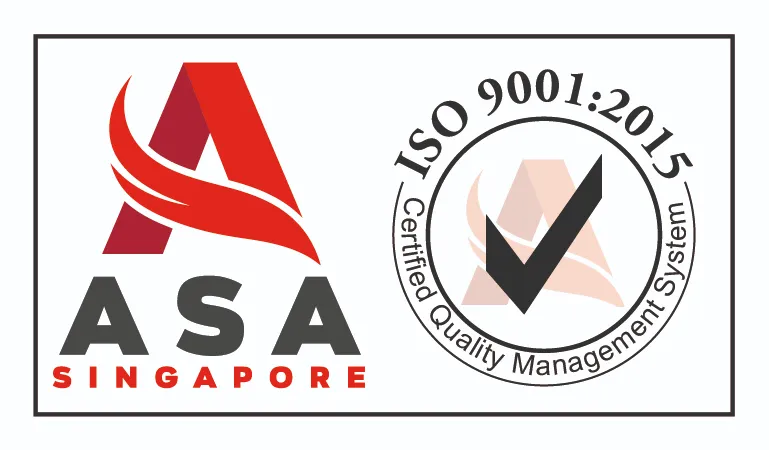In international trade, companies often need to send out trade samples that is, products sent overseas purely for demonstration, testing, solicitation of orders, or evaluation. Before you make that move, it’s important to understand Singapore’s regulations and procedures to avoid surprises at customs.
What counts as a trade sample?
A trade sample refers to goods exported solely for the purpose of being shown or demonstrated abroad, such as:
- Samples used to solicit orders
- Items sent to manufacturers overseas for testing, copying, or evaluation before production
These are not shipments intended for resale (at least not directly as part of that shipment).
Controlled vs. Non-controlled trade samples
Not all trade samples are treated identically under customs regulations. One of the first steps is to determine whether your item is a controlled item. Controlled goods generally require export permits regardless of value. For non-controlled trade samples, the rules are more lenient but still depend on the value:
- If the total value of non-controlled trade samples (including specimens for test, gifts, etc.) is ≤ S$400, you do not need an export permit. You must, however, clearly indicate “Trade Samples” on the commercial invoice and on the Bill of Lading / Air Waybill. Singapore Customs
- If the total value exceeds S$400, or the goods are controlled, then an export permit is required. Singapore Customs
Always check whether your goods fall under any restricted or prohibited categories. The list of controlled goods is subject to change, so cross-reference relevant regulations before shipment.
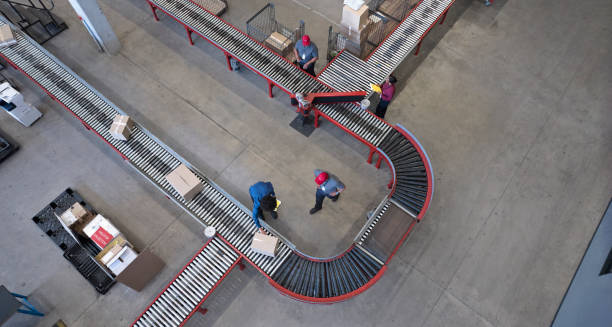
Temporary export & re-import
If your trade samples are temporarily exported (i.e. intended to be returned to Singapore), there is a time limit you must observe:
- The goods must be re-imported into Singapore within 3 months from the export date. Singapore Customs
This is to prevent temporary exports from being treated as a final export for duty or tax purposes.
Steps to exporting trade samples
Here’s a simplified checklist you can follow:
- Classify your goods — determine if they are controlled or non-controlled.
- Calculate total value — check whether the S$400 threshold is exceeded.
- Obtain an export permit if required (for controlled items or non-controlled above S$400).
- Label your documentation — mark invoices/waybills with “Trade Samples.”
- Ship the goods, following standard logistics and customs procedures.
- If temporary, ensure they are re-imported within the 3-month window.
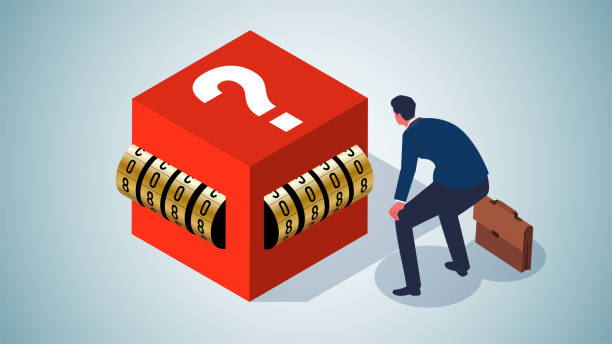
Key tips & considerations
- Even for non-controlled samples under S$400 (which may not need a permit), accuracy in documentation is crucial. Incorrect classification or inadequate labelling can delay customs clearance or incur penalties.
- Always double-check against the latest controlled goods list new items may get added or removed over time.
- Coordinate with your freight forwarder or customs broker early to anticipate any complications (e.g. special licensing, local approvals in the destination country).
- If you’re frequently dealing in trade samples, building a standard internal process or checklist helps reduce errors and speed up shipments.

How Declarators Can Help
At Declarators, we specialize in trade compliance, customs procedures, and export licensing. Whether you’re exporting trade samples occasionally or as part of your core business, we can assist you with:
- Classification of your items (controlled / non-controlled)
- Determination of permit requirements
- Preparation of export documentation (invoices, declarations, permits)
- Liaising with Singapore Customs and other authorities
- Ensuring re-import compliance (for temporary exports)
- Ongoing advisory to keep your export operations smooth and compliant
If you’d like support in handling export procedures for trade samples (or any other export logistics/compliance matters), reach out to us:
🌐 www.declarators.com.sg
📧 group@declarators.com
📞 +65 6385 2155
We’d be happy to assist you and ensure your trade sample exports are handled efficiently and without compliance risks.
